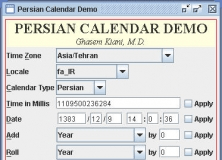


This keyboard follows the QWERTY layout, but also supports some special characters in other languages. Scroll down to “United States-International” and click on it.Scroll down to “Keyboards”, then click “Add a keyboard”.On the “Region & language” page, under “Languages”, click the language you just added, then click “Options”.If the keys you type do not match the letters on the screen, the following instructions can help you fix this issue. Once you have switched to the new language, test it out by typing in Word, Notepad, or any other program that allows you to enter text. You may also hold down the Windows ⊞ key and press Space to quickly change languages.īy default, some languages use a different keyboard layout than the QWERTY layout used for US English keyboards. From here, you can select a language to change your keyboard’s settings. Click on this icon to open a window listing the currently added languages. Most likely, it will say “ENG” for English, the current keyboard language. Once you have followed these steps, a new icon will appear next to the date and time on the bottom-right of your screen. You will be returned to the “Region & language” page. After clicking on it, you may be asked to specify a regional dialect. Find the language that you would like to add.Under “Languages”, click “Add a language”.Click on “Time & Language”, then click on “Region & language” in the left sidebar.


Are you beginning to type in a foreign language? Do you often find yourself copy-and-pasting special characters like é and wish there was an easy shortcut? Thankfully, Windows 10 allows users to easily add and switch between different languages without having to buy a separate physical keyboard.


 0 kommentar(er)
0 kommentar(er)
